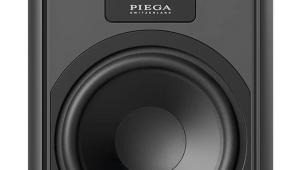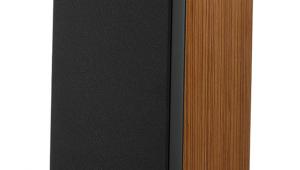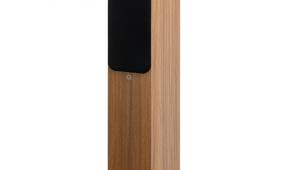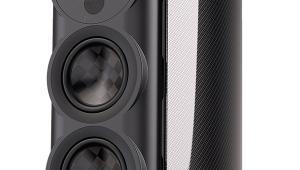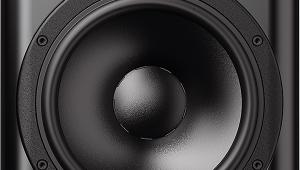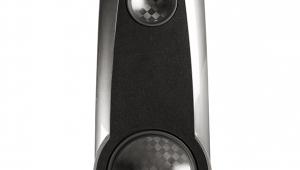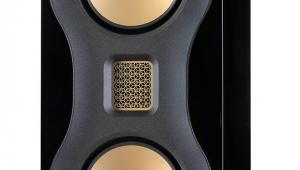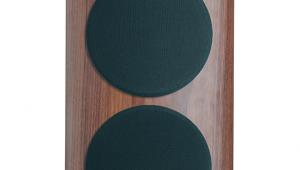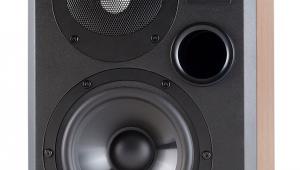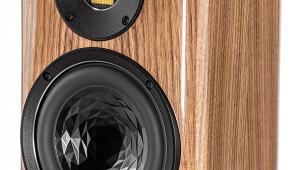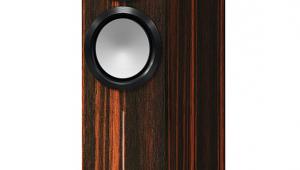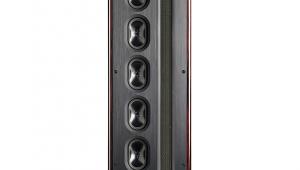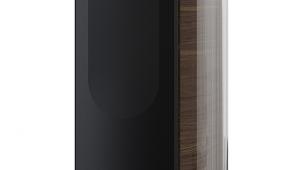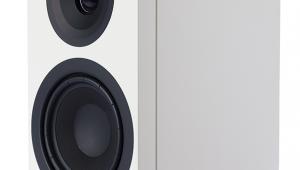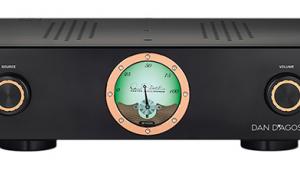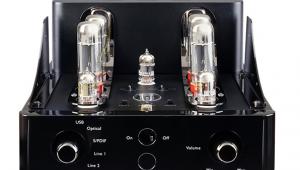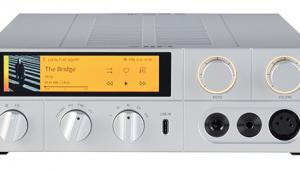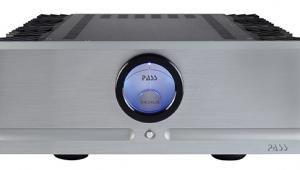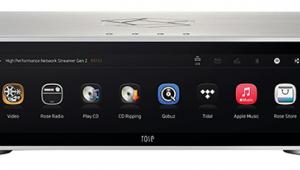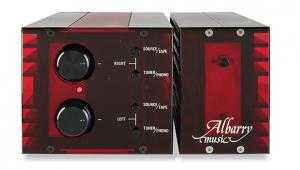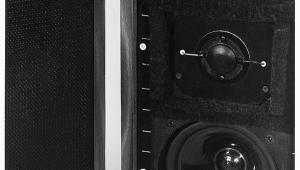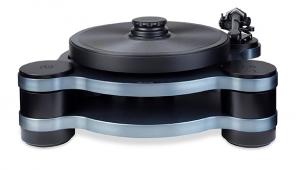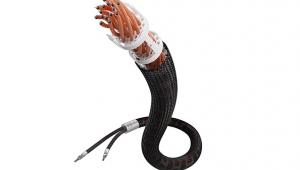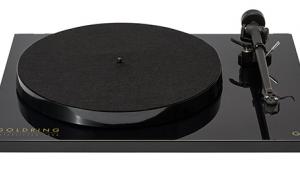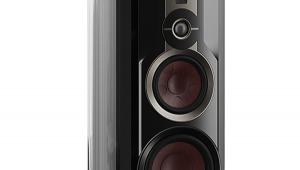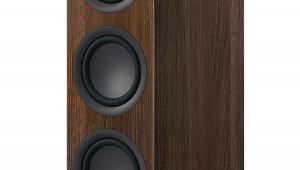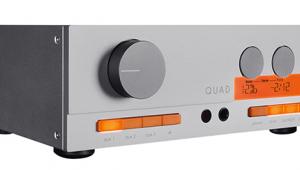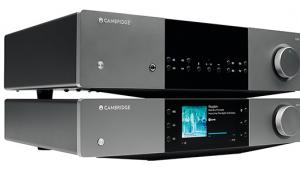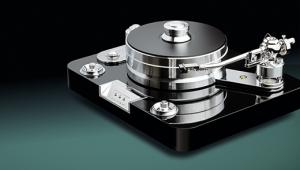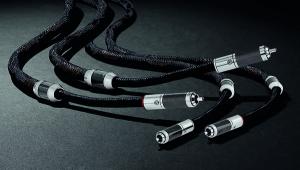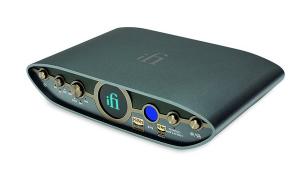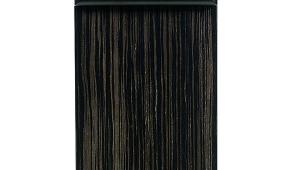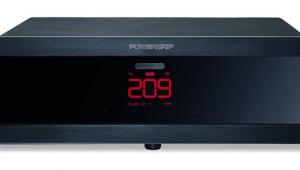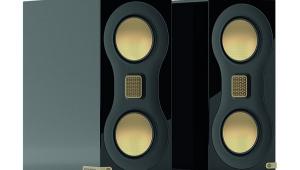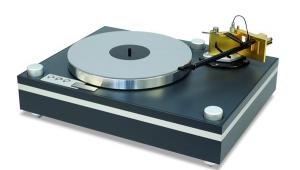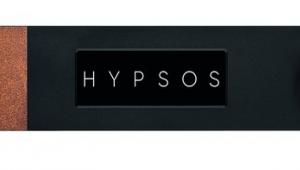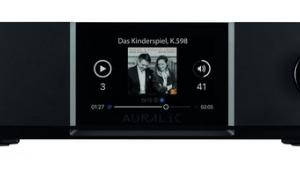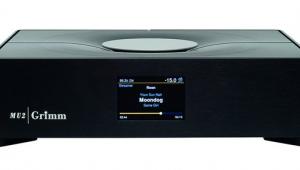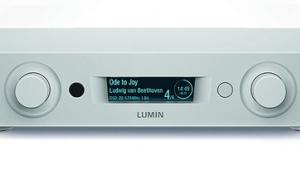Epos Model ES-7N loudspeaker Place with impunity?
Karl-Heinz Fink expresses a dilemma facing many speaker designers. ‘They never know what the customer will do with the speaker,’ he says, ‘and so they can only try to find a compromise that will work on a stand and closer to a wall’. He is referring to the reinforcement caused by ‘boundary gain’ – the acoustic ‘mirroring’ of a loudspeaker’s low frequency output when placed up against a wall. In practice, the closer you position a speaker towards a rear wall the closer you’ll get to a +3dB lift in acoustic power output and +6dB increase in SPL. Park the speaker into a corner and these figures increase to +9dB and +18dB, respectively. Some speakers are designed specifically for bookshelf or on-wall mounting [HFN Mar ’22] and will sound bass light if pulled out into the room. Similarly, a speaker conceived for a flat response in a freestanding position will likely ‘boom’ if pushed, rearward, into a boundary.
It might seem tempting to engineer a switchable bass cut into a speaker’s crossover to accommodate the boost incurred by near-wall mounting. Or short a rear-facing port to change from a reflex- to sealed-box bass alignment by way of partial compensation. Karl-Heinz does neither – the ES-7N remains reflex-loaded via a front-facing port but the mid/treble output, post crossover, is attenuated with the toggle up, bringing it into balance with the bass output in freestanding guise. Place the speaker against a wall, with the toggle down, and the true sensitivity of the mid/treble is revealed [see PM's Lab Report] in a largely successful effort to match the boundary-boosted bass. PM
